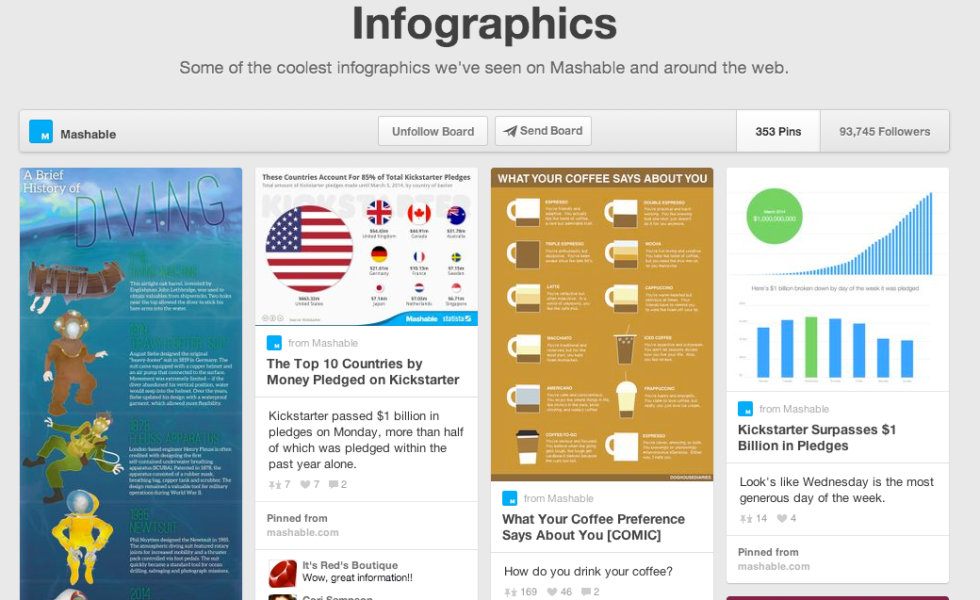
It’s easy to get lost in your brand channel planning process. Pins, Tweets, Vines, and Snapchats, Oh My! So instead of jumping all over the place, let’s think about how they all work together. Focus on one channel that will be where your content stems from to determine your approach across the others. For example: A blog!
Here are four [critical - sounds so extreme, but definitely helpful] things to consider when setting up your blog and distribution channels for success:
- A Hub, Not an Island: Your blog shouldn’t be the only place people can consume your content. It shouldn’t be all alone, like a deserted island. It’s part of your content and social ecosystem! For example, some people prefer to consume the majority of their professional content through LinkedIn, while others have a running stream through Lists on Twitter. While others may subscribe to blogs via email. Whatever the case, the blog can be a destination such as a “hub” which allows for inlets and outlets to lead to more interesting content. For example,Mashable Pins all of their infographics from their site/blog on Pinterest boards, allowing people who prefer to enjoy their content on a fun visual app instead to consume it there.
Pro Tip - While infographics are hard to view on Twitter and Facebook, Pinterest allows for visual content to thrive, even long, complex infographics. Best part – great referral traffic back to their main content, demonstrating a way back to the “hub.”
- Branding – Look & Feel: While your social channels lend themselves to being more “human” and “relaxed” in voice — the look and feel helps consumers to connect your channels. It can be as simple as having the same logo across channels. Having the same color scheme and background images can’t hurt – but those can alternate due to campaigns of course. For example, your Facebook cover image may change each week or month with your promotions, while your blog layout remains the same.
- Creation vs. Curation vs. Co-Creation: Creating all your own content is a bear. Seriously. It helps to curate other content to supplement the content you are already kicking butt with. For example if your blog is on tumblr, it is as simple as discovering content in your topic category, finding influencers who write well, and reblogging them onto your blog. Then not only do they get credit, you have great content on your blog, but you have connected yourself with an influencer in the space who appreciates your support. And perhaps over time they’ll reciprocate the gesture and promote your content as well. Another benefit of reblogging and curating is the increase of eyeballs on the content. Now who doesn’t want that?
Take it a step further: Consider hiring a guest blogger to take some of the work off of you. It benefits both you and the blogger! But what about your brand voice, look and feel when you hire guest bloggers? You’ll want to have a brand guidelines for your bloggers. Something simple for them to follow for tone and voice.
- Be Consistent Across: It’s totally cool to be more relaxed on Twitter, and perhaps “sassy” on Instagram. However, if you have ten different voices, then people won’t really know what your brand stands for. Pick a direction your brand chooses to take – whether it’s chill and relaxed, the “give it to you straight” facts brands, the passionate advocate, or whatever suits your fancy. A takeaway for your brand team would be to remember that consumers will begin to build a relationship with your brand, and as in real life, you want to be true to who you are. Don’t fool them into thinking you are someone else. They’ll feel cheated and move on the next great thing. So instead, be honest, transparent, human, and and in a bit of entertainment and comedy when the time is right. Or all the time – if that’s your brand!
These directions may be broad, but I and we (our marketing on the rocks team) are happy to answer specific questions on branding, consistency, content creation, and curation, as well as specific channel approaches. Each channel is different, and in turn must be given different consideration. Additionally, what may work for a small startup, may not be what works for a large consumer brand. So let’s chat!
This post was originally written for Marketing on the Rocks and can also be found here.
Image source: pinterest / mashable

